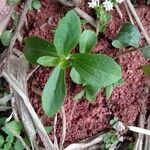The edges of marshes and grassland communities at elevations up to 700 metres. Infertile, sandy acid soils with shallow water tables.
Infertile, sandy acid soils with shallow water tables. This is normally in areas like the edge of mashes and grassland communities.

